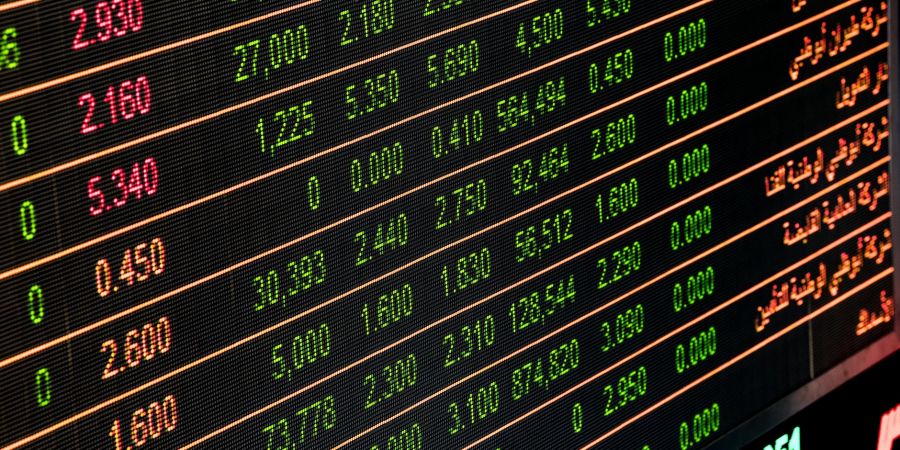

The largest stock exchange in India is called National stock exchange of India limited(NSE) and it is situated in Mumbai, Maharashtra. According statistics compiled by the derivatives trade organisations futures industries association (FIA), it will be the largest derivatives exchange in the world in 2021 based on the volume of contracts exchanged. According to statistics combined by the world federation of exchanges( WFE) for the calender year 2021, the NSE is rated 4 th globally interns of the volume of trades in cash equities.
Some of the top banks, insurance corporations and financial institutions own it
As the nation's first dematerialized electronic exchange, NSE was founded in 1992. The NSE was the country's first exchange to offer a cutting edge fully automated.
As of August 2021, the NSE ranked as the 10th largest stock exchange in the world with a total market capitalisation of more than US$3.4 trillion. The investors in India and throughout the world frequently use the NSE's flagship index, the NIFTY 50, a 50 stock index , as a gauge of the Indian capital market. NSE introduced the NIFTY 50 index in 1996. However, according to Vaidyanathan( 2016) barely 4% of the Indian economy GDP is truely derived from its stock exchanges.
To increase openness in the Indian equities markets, the National Stock Exchange was founded in 1992. The NSE made sure that anyone who was qualified, experienced, and met the necessary financial conditions was eligible to trade instead of restricting trading memberships to a select group of brokers. When NSE split ownership and management of the exchange under the control of SEBI, it was a pioneering move in this environment. A client in a remote location can now see stock price information with the same ease as those in a nearby office. Previously, only a small number of people had access to this information. Electronic depository-based accounts took the place of paper-based settlement, and trade settlement was always completed on schedule. One of the most important modifications involved a significant risk.
Derivatives of Equities:
National Stock Exchange of India Limited (NSE) started trading derivatives on June 12, 2000, when index futures were introduced. The NSE's futures and options market is well-known on a worldwide scale. Trading in the NIFTY 50 Index, NIFTY IT Index, NIFTY Bank Index, NIFTY Next 50 Index, and single stock futures are all available in the futures and options section. Additionally available are trading in Mini Nifty Futures & Options as well as Long Term Options on NIFTY 50. During the fiscal year April 2013 to March 2014, the F&O Segment of the Exchange had an average daily turnover of 1.52236 trillion (US$20 billion).


